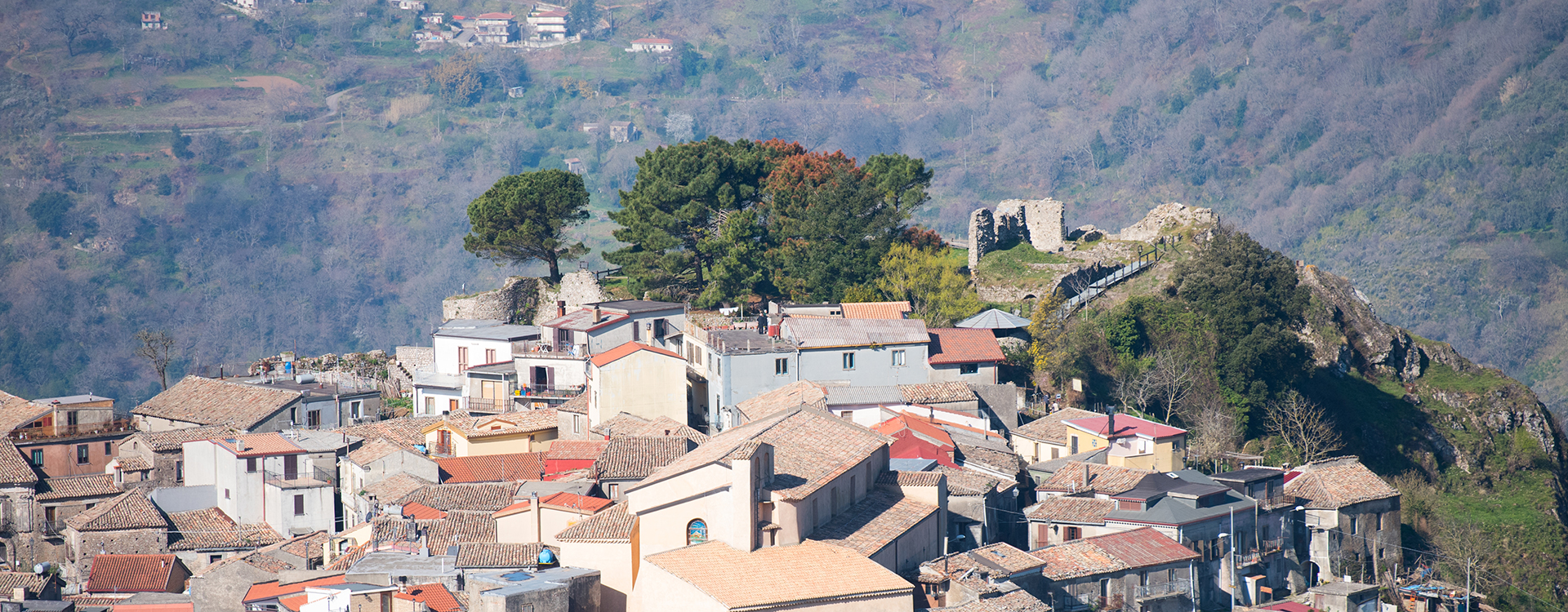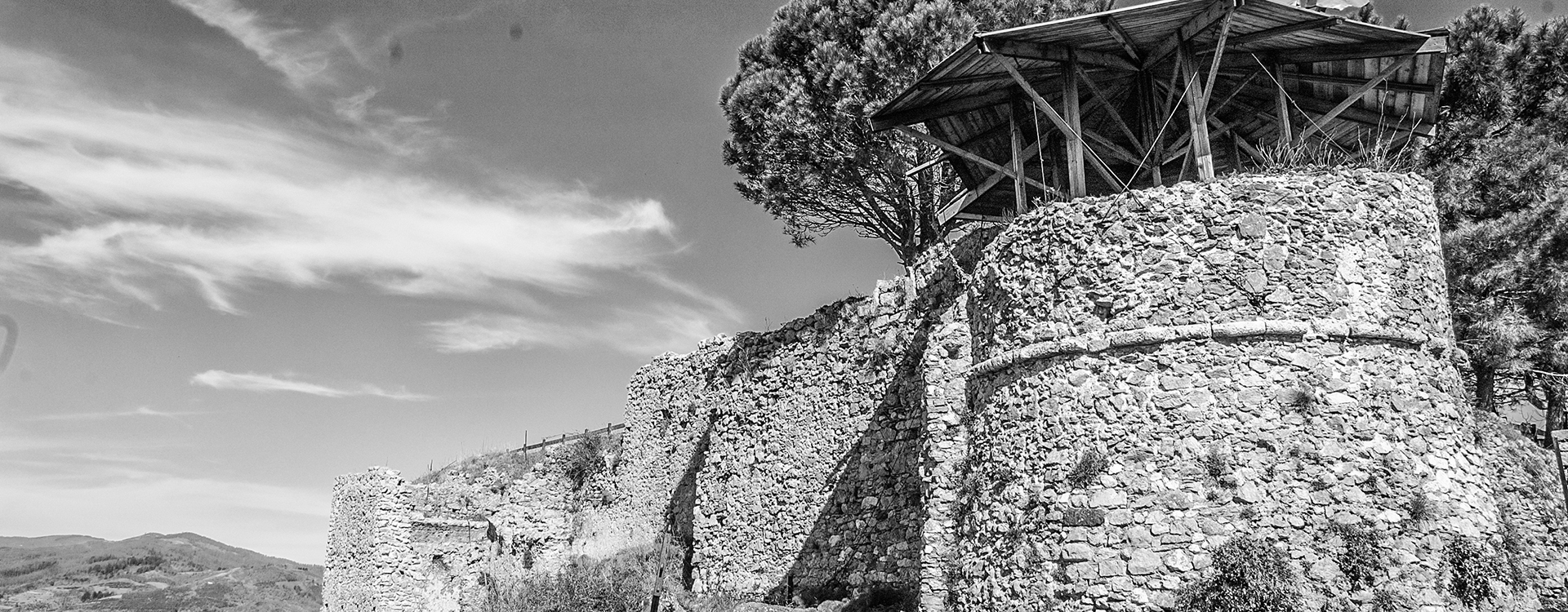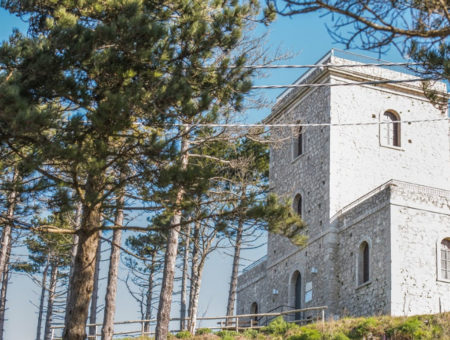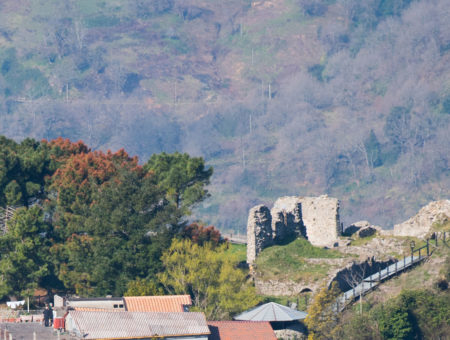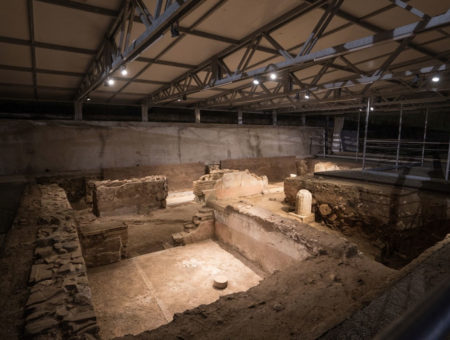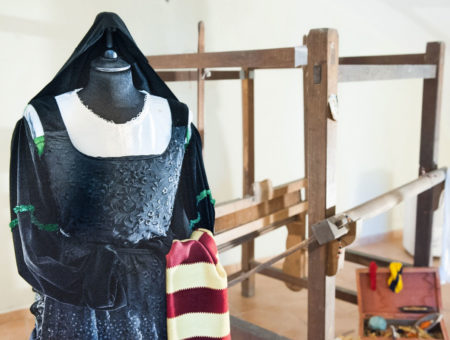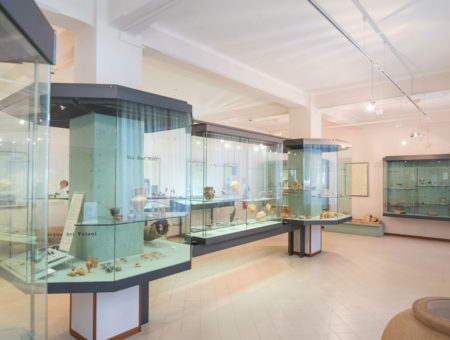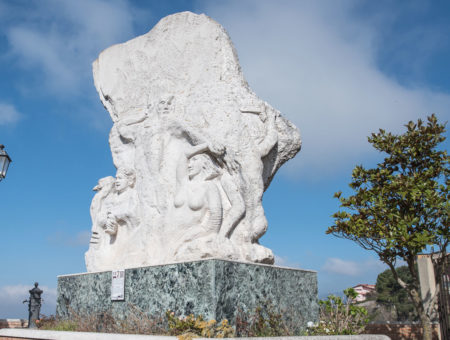“Sant’Angelo” Castle
With the Norman conquest of southern Italy, during the first decades of 11th century, the Isthmus area is entrusted to Ugone of Falloc, who decides to move the population of the Byzantine kastron of Mount Tiriolo into the new settlement on the Lairta hill, which is less rugged and is characterised by the presence of spring waters. Built in Norman style, the castellum of Tiriolo plays a central role in the defensive system of the Calabrian Isthmus area during the whole Middle Age, thanks to its strategic location. In 1282, during the War of the Vespers, it is one of the castles fortified by King Charles of Anjou, who entrusts Bernard of Artois with its command.
Two centuries later, in 1497, while Charles VIII is besieging Catanzaro, the people of Tiriolo rebel against the feudal lord Galeotto Carafa, and then set the passage free for the French, heading towards the farmhouses of Cosenza. In 16th century, the castle, seat of the General Governor of Justice, becomes a civil and criminal prison. The earthquake of 1638 seriously damages the structure, and the feudal lord Giambattista Cigala builds a new residence. The Castle is then used as a storehouse, and a minor part as a residential area, until 1783, when a new earthquake destroys it.
The excavations carried out in the ‘90s were focused on the Aragonese circular towers and on a tank for the storage of rainwater.
